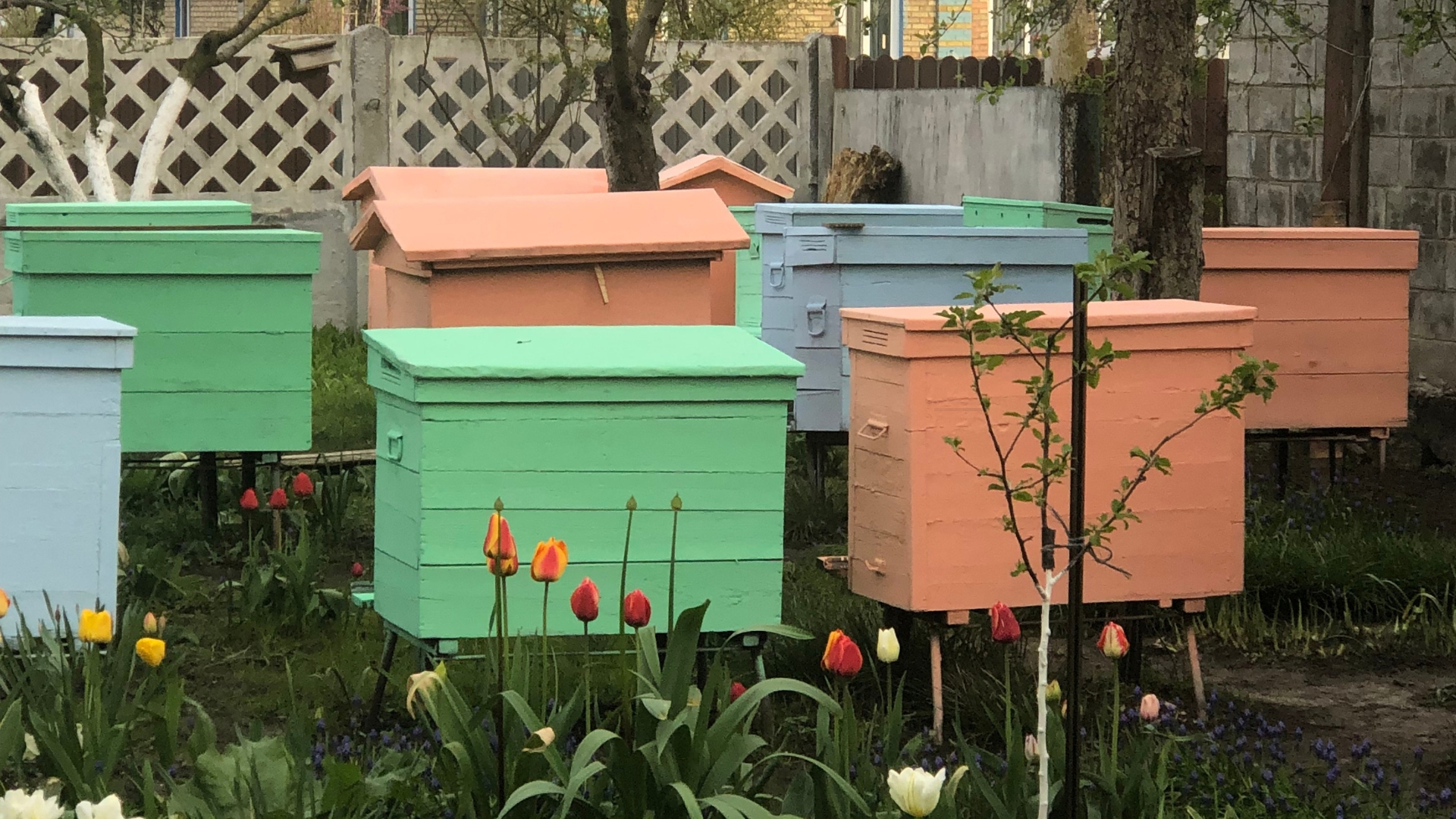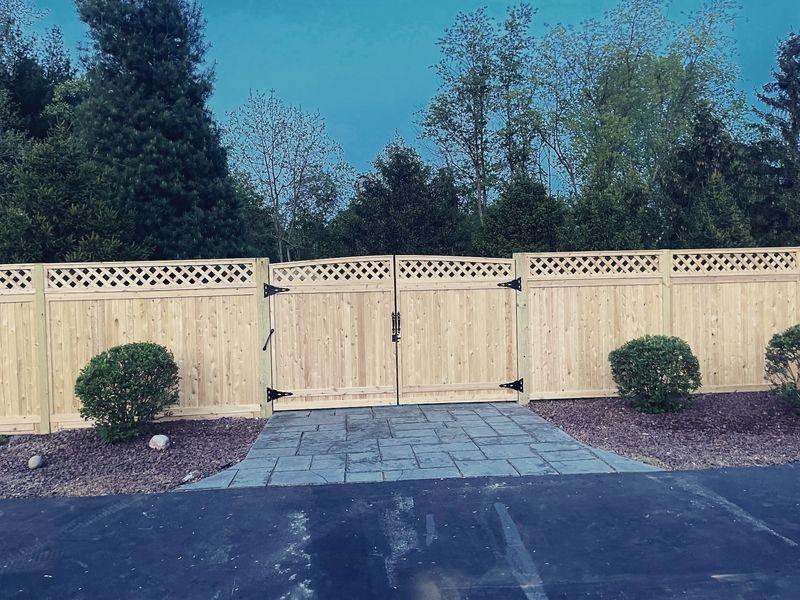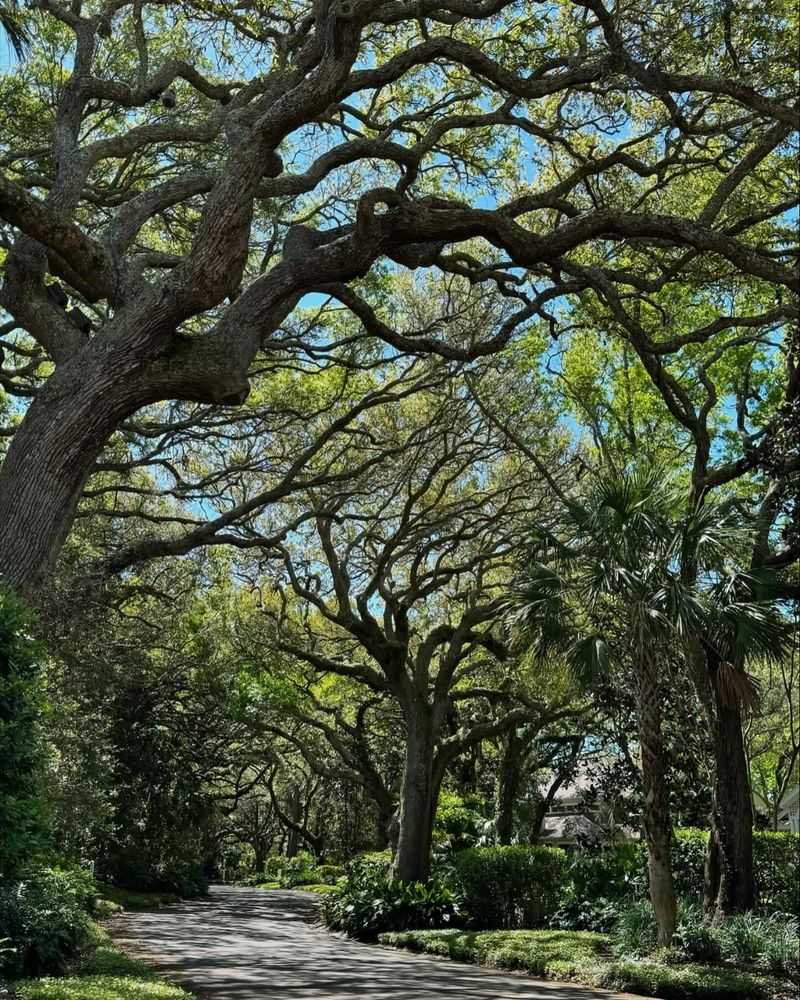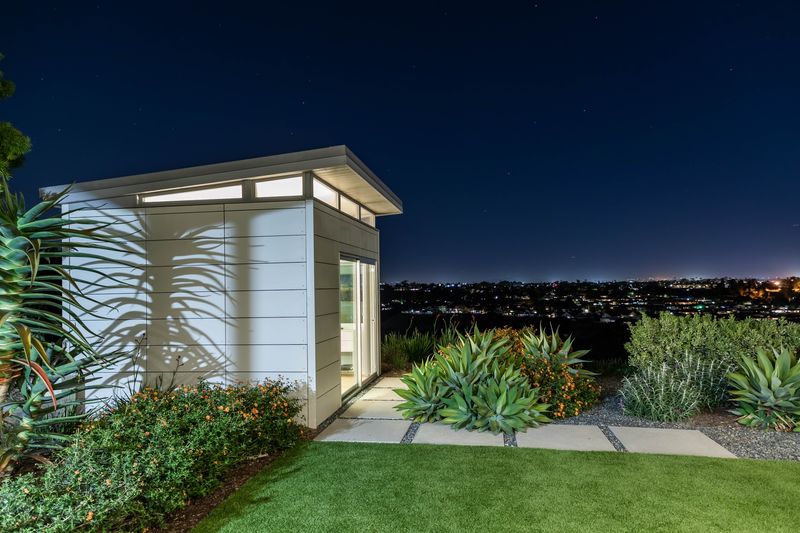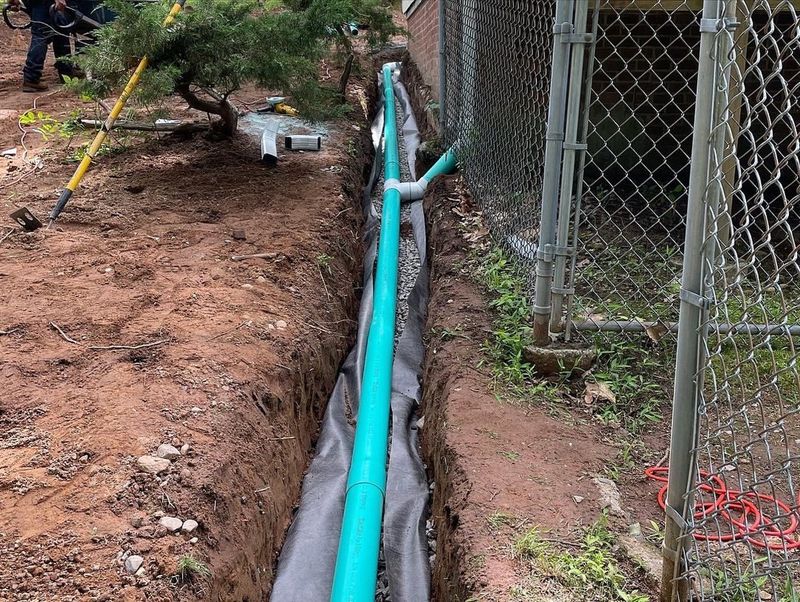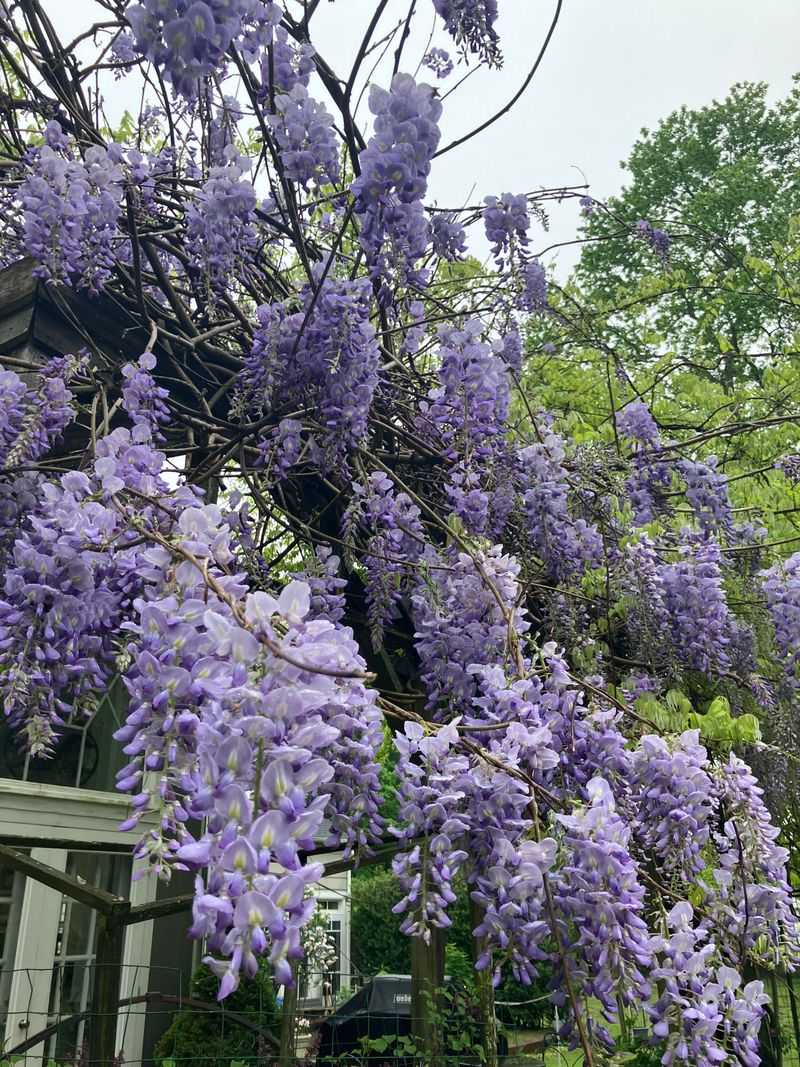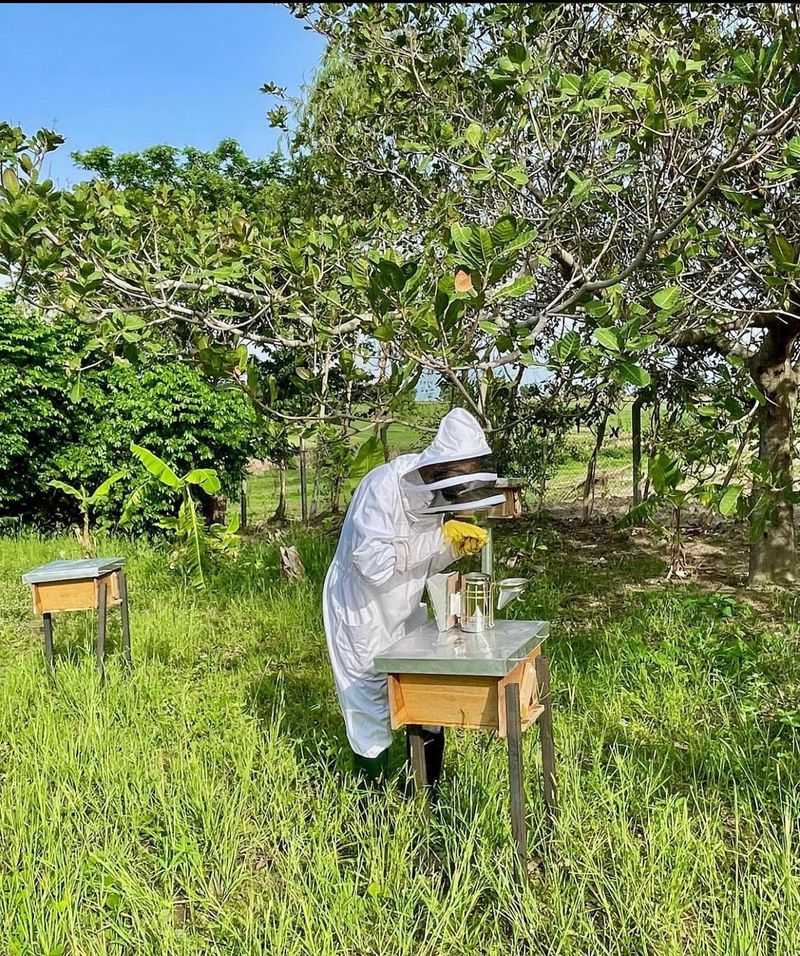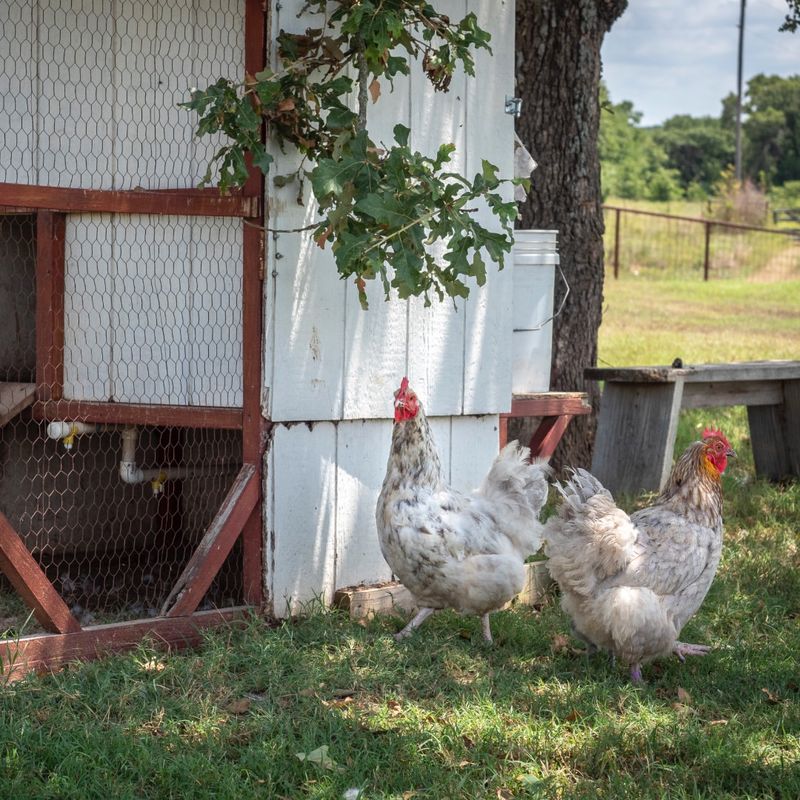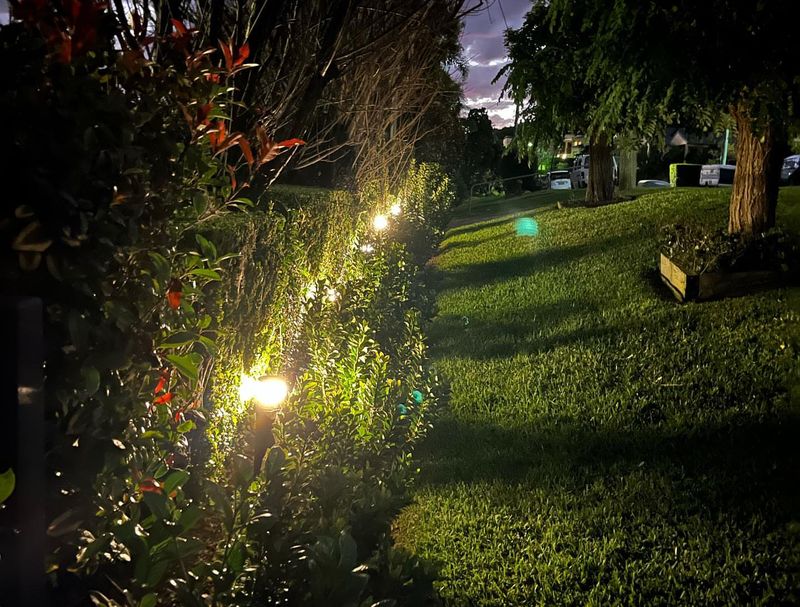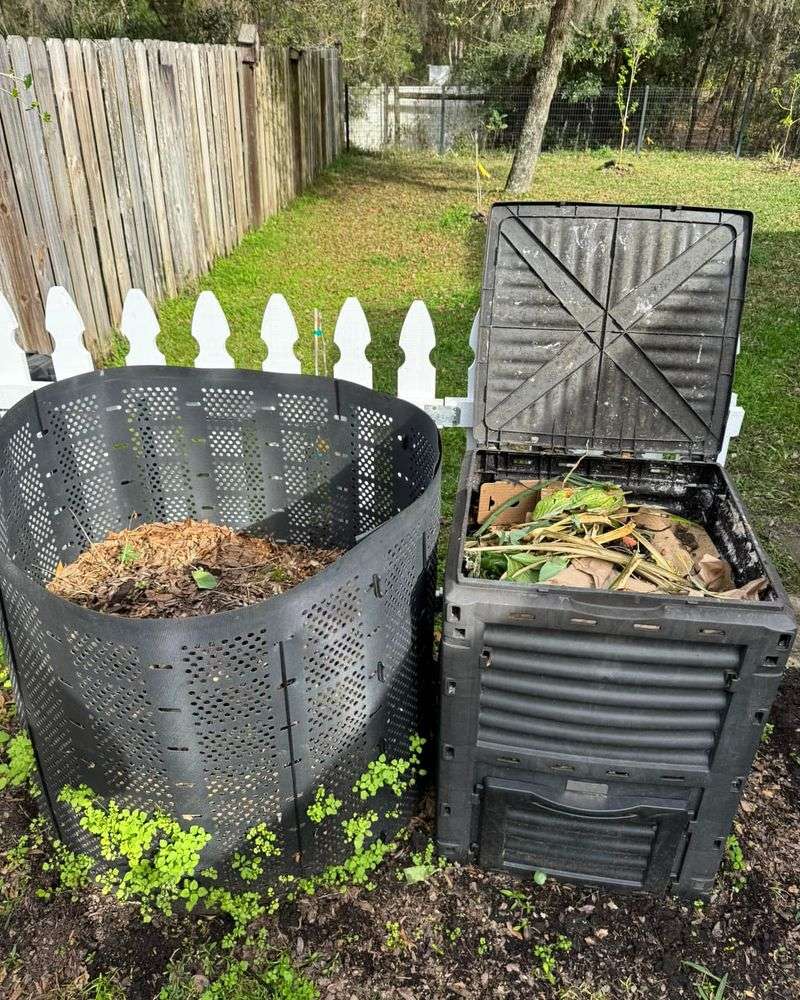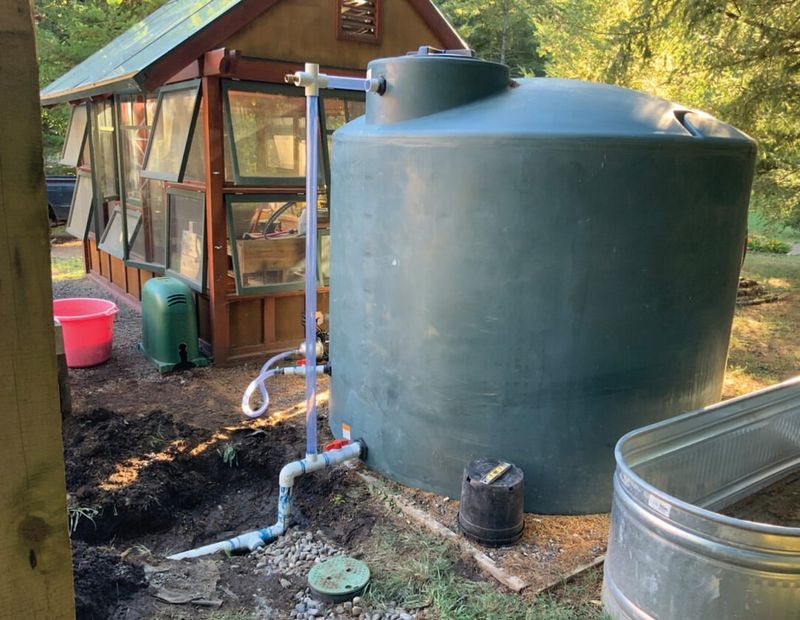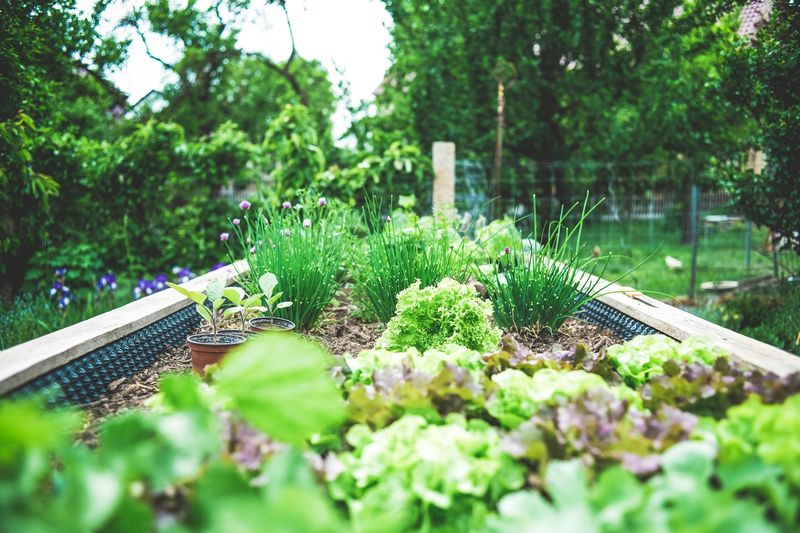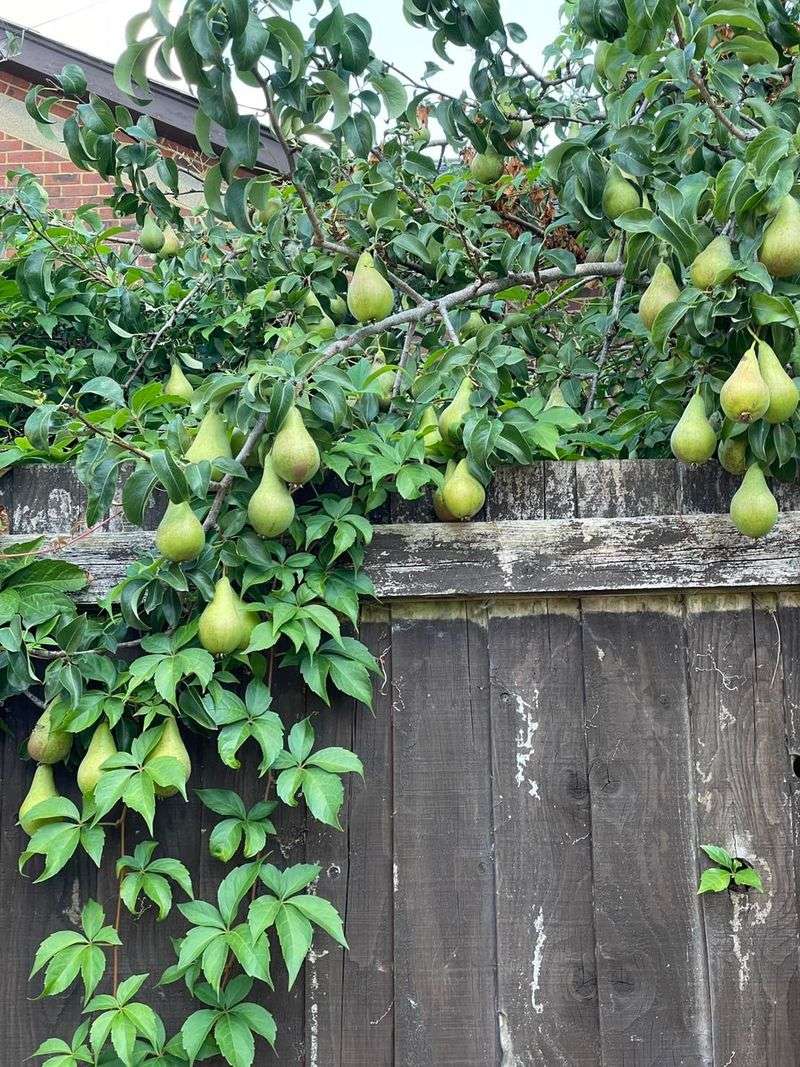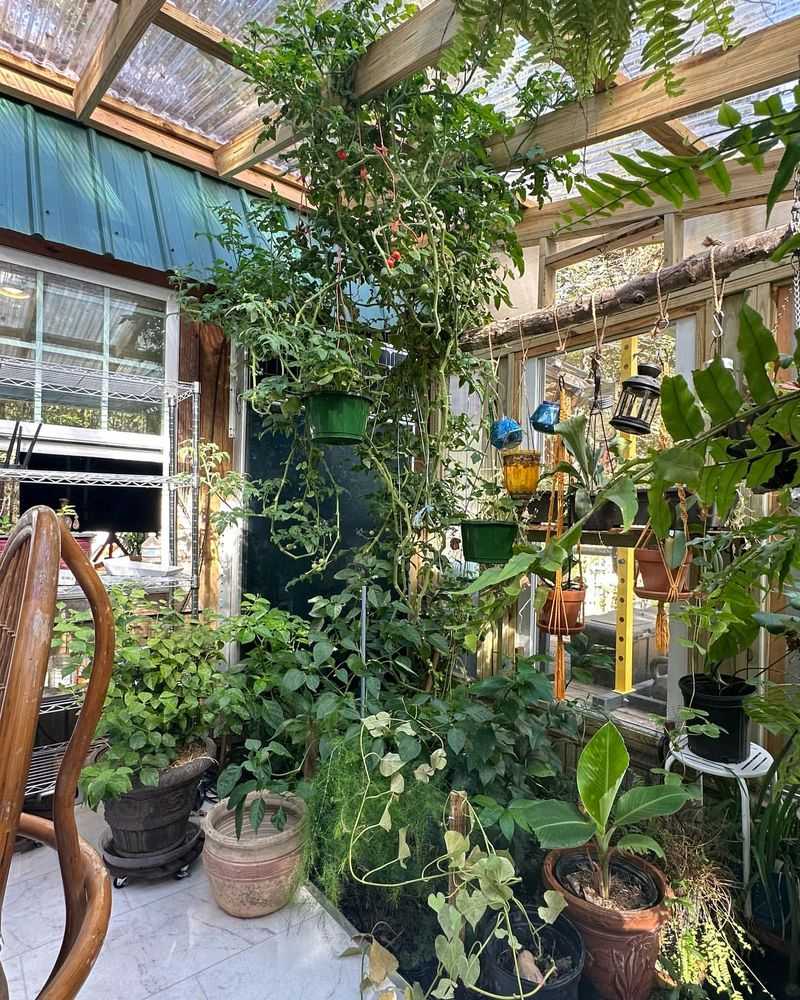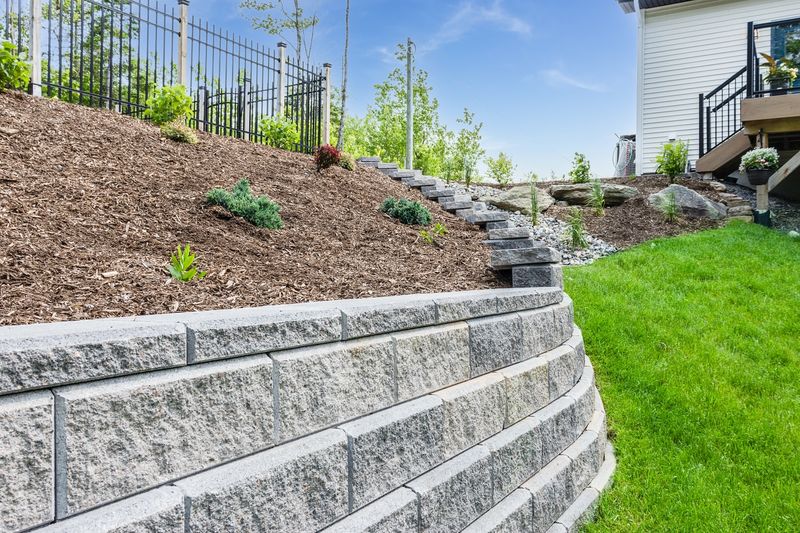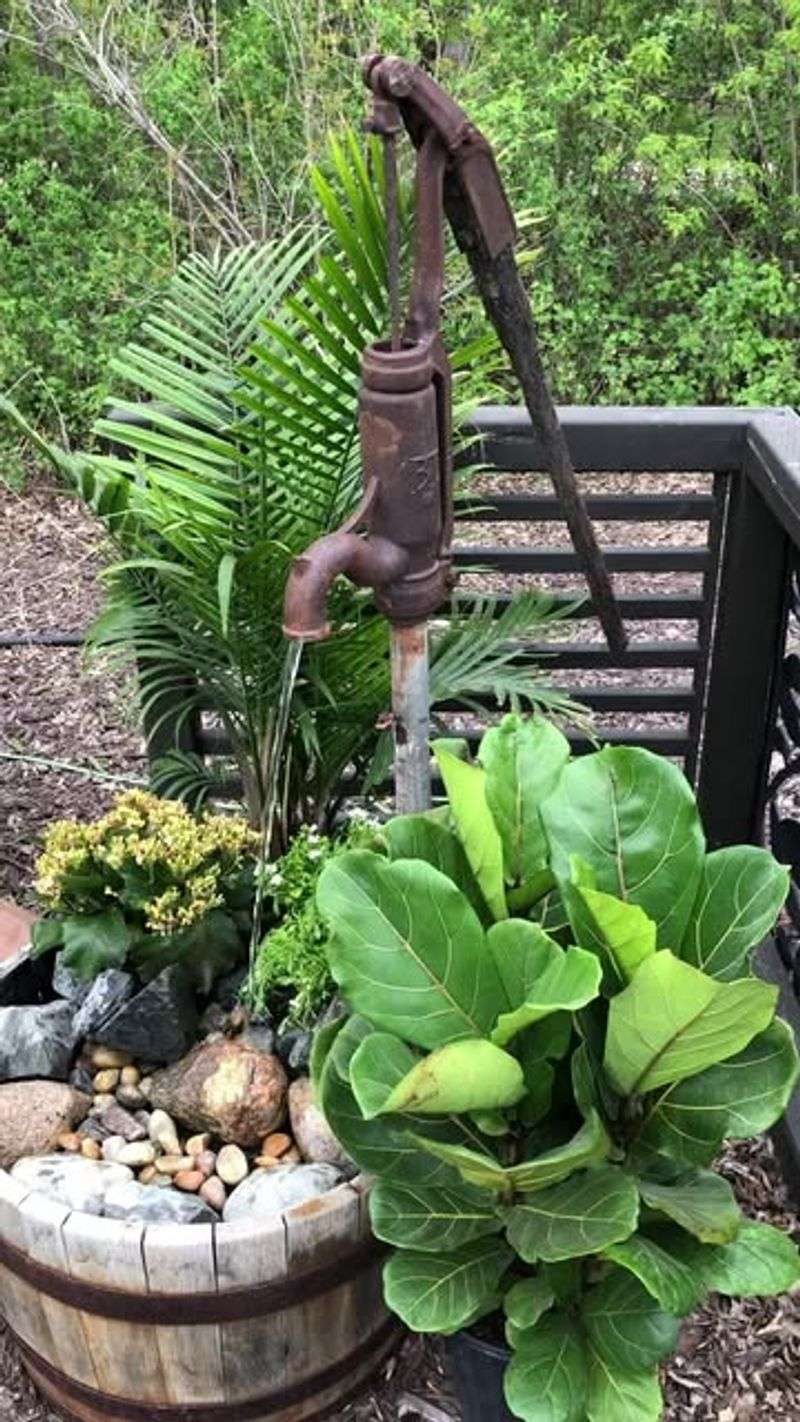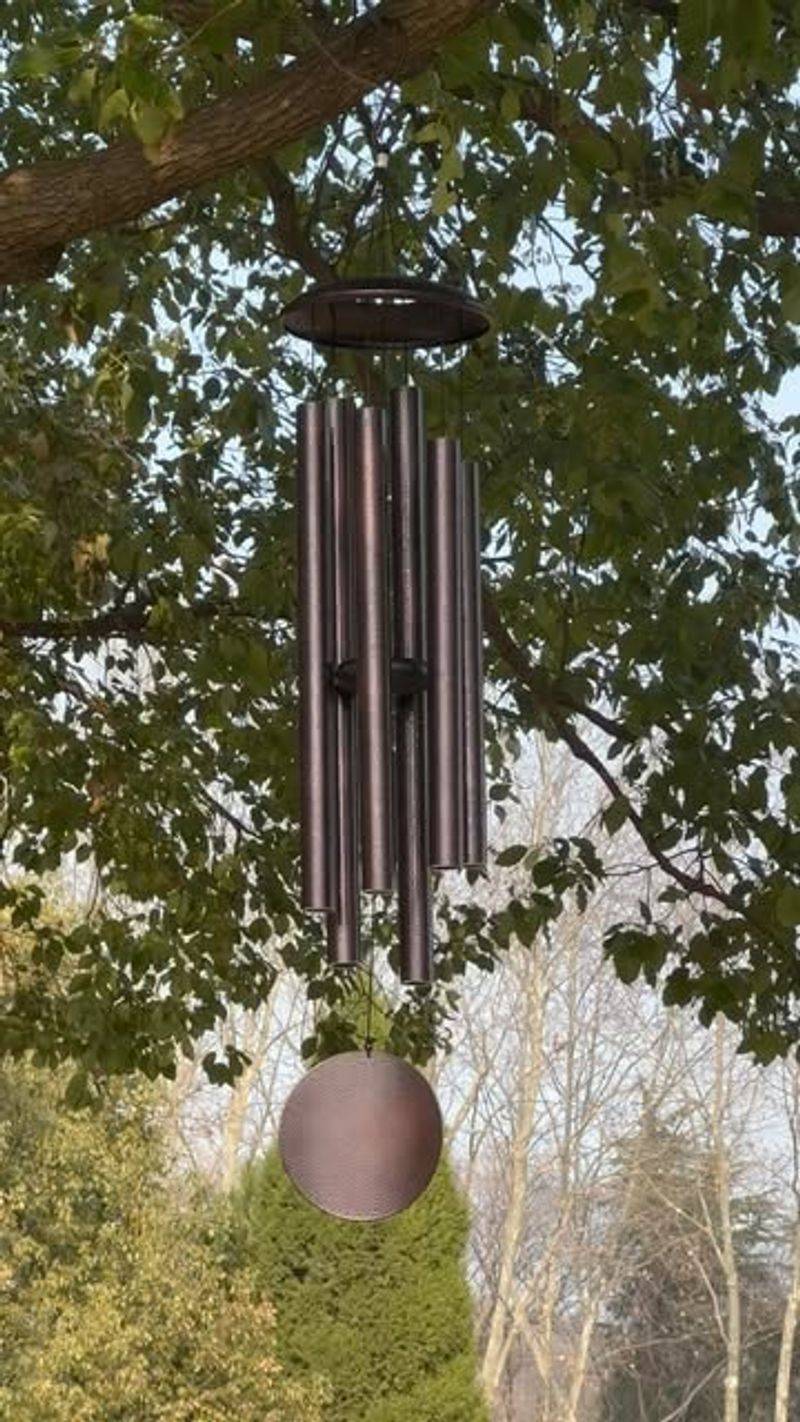Your backyard might feel like your own private space, but some popular garden features could actually land you in hot water. From fences to fire pits, small things can sometimes break local laws without you even knowing it.
It’s not just about plants—rules can cover safety, neighbors, and the environment too. Knowing what to watch out for can save you money, stress, and a surprise visit from the city.
1. Towering Privacy Fences
Most cities have strict height restrictions for fences, typically capping them at 6-8 feet. Exceeding these limits without proper permits can trigger complaints and force you to tear down your expensive barrier.
Property line disputes frequently arise when fences encroach even slightly onto neighboring land. Always verify your property boundaries with official surveys before installation.
Some homeowners associations impose additional style and material requirements, making that solid metal privacy screen you’ve been dreaming about potentially problematic.
2. Water Features Without Proper Barriers
Ponds, fountains, and decorative pools without adequate fencing create what insurance companies call an “attractive nuisance” – features that might lure children into danger. Many localities require safety barriers around water deeper than 18-24 inches.
Homeowners can be held liable for accidents even if the injured person was trespassing. The legal concept of premises liability means you’re responsible for maintaining safe conditions.
Installing automatic covers or alarms can help meet safety requirements while preserving your garden’s aesthetic appeal.
3. Overhanging Trees and Branches
Those magnificent oak branches stretching over your neighbor’s yard could become a legal headache. When branches or roots cross property lines, neighbors may have the right to trim them back to the boundary.
Liability issues emerge when overhanging limbs damage neighboring structures during storms. Regular professional trimming helps prevent such problems.
Fruit-bearing trees create additional complications when produce falls onto adjacent properties, potentially triggering trespassing disputes when you attempt to retrieve your harvest.
4. Unpermitted Garden Structures
Garden sheds, pergolas, and gazebos often require building permits, even when they seem like minor additions. Many homeowners skip this step, risking fines and forced removal when inspectors eventually notice.
Size matters in permitting requirements. Structures exceeding certain square footage thresholds face stricter regulations and may increase your property taxes.
Anchoring methods also matter legally – permanent foundations typically trigger different permit requirements than temporary structures, regardless of size.
5. Improper Drainage Systems
Redirecting rainwater toward neighboring properties violates most local ordinances. French drains, downspouts, and landscaping that alter natural water flow patterns can create serious legal disputes.
Water damage claims between neighbors frequently end up in court. Documentation of your property’s pre-existing drainage conditions provides valuable defense if accused of causing flooding.
Many municipalities now require stormwater management plans for significant landscape changes, making professional consultation increasingly important before major garden renovations.
6. Invasive Plant Species
Growing certain plants – even unintentionally – may violate state or local regulations. Many popular ornamentals like English ivy and purple loosestrife appear on banned plant lists due to their aggressive spreading tendencies.
Neighbors can take legal action when invasive species cross property boundaries. Plants like bamboo are particularly problematic, with roots that can travel surprising distances underground.
Fines for harboring prohibited species can be substantial, especially in regions where ecological damage from invasives has been severe.
7. Bee Hives Without Proper Clearances
Backyard beekeeping has surged in popularity, but many municipalities regulate hive placement. Required setbacks from property lines typically range from 10-25 feet, with additional restrictions near public areas.
Neighbor allergies complicate matters further. While not automatically prohibited, beekeeping near residents with documented bee allergies may require special accommodations or face nuisance claims.
Registration requirements exist in many states, making those “under the radar” hives potentially illegal regardless of their physical placement.
8. Unapproved Livestock or Poultry
Backyard chickens require permits in most urban and suburban areas. Limits on flock size, rooster prohibitions, and coop location requirements vary widely between municipalities.
Miniature goats, rabbits, and other small livestock face similar regulatory hurdles. Zoning classifications often determine whether any animals beyond traditional pets are permitted.
Grandfather clauses sometimes protect existing animal setups when regulations change, but these exceptions rarely transfer to new owners when properties are sold.
9. Excessive Night Lighting
Garden lighting that spills onto neighboring properties can violate light pollution ordinances. Many communities now limit brightness, direction, and operating hours of outdoor illumination.
Motion-activated security lights cause particular friction between neighbors. Courts increasingly recognize excessive light as a form of nuisance similar to noise pollution.
Dark sky initiatives in many regions have strengthened lighting restrictions, making those dramatic uplights highlighting your specimen trees potentially problematic from a legal standpoint.
10. Composting Violations
Improperly maintained compost piles can trigger nuisance complaints based on odors or pest attraction. Many localities have specific regulations governing size, contents, and setbacks from property lines.
Food scraps particularly concern regulators due to rodent risks. Some jurisdictions prohibit meat, dairy, and cooked food waste in residential composting systems.
Commercial composting operations, even small-scale ones selling to neighbors, face additional regulatory requirements that backyard gardeners might unknowingly violate.
11. Rainwater Collection Systems
Surprisingly, harvesting rainwater remains restricted or regulated in several states based on historic water rights laws. Colorado and Utah have particularly complex rules limiting collection amounts and methods.
Mosquito breeding concerns have prompted additional regulations. Many areas require screens or regular treatment of stored water to prevent disease vectors.
Connecting rainwater systems to household plumbing introduces another layer of regulations, with cross-contamination prevention devices often mandatory when harvested water supplements municipal supplies.
12. Fire Pits Too Close to Structures
Fire safety codes typically require minimum distances between open flames and buildings or combustible materials. These setbacks range from 10-25 feet depending on local regulations.
Permit requirements often apply even to portable fire features. Many homeowners mistakenly believe that movable fire pits are exempt from the same rules governing permanent installations.
Smoke complaints from neighbors can trigger enforcement even when distance requirements are met, especially in areas with burn restrictions or air quality concerns.
13. Chemical Pesticide Applications
Pesticide drift onto neighboring properties can create both environmental violations and civil liability. Even when using commercially available products, application methods must prevent chemicals from affecting adjacent lands.
Notification requirements exist in many areas, particularly for certain chemicals or application methods. Some communities mandate advance warning to neighbors before spraying.
Organic certification standards for home gardens include buffer zone requirements when conventional methods are used nearby, creating potential conflicts between neighboring gardeners with different approaches.
14. Fruit Trees Near Property Lines
Fallen fruit crossing property boundaries creates surprising legal complications. Generally, fruit belongs to the tree owner regardless of where it falls, but retrieving it without permission constitutes trespassing.
Liability for damage caused by fallen fruit extends to the tree owner. Stained driveways, damaged vehicles, or even slip-and-fall injuries can become your responsibility.
Some municipalities classify uncollected fruit as a public nuisance due to pest attraction. Regular harvesting becomes not just good gardening practice but a legal obligation.
15. Greenhouse Zoning Violations
Permanent greenhouses typically count as structures under zoning codes. Height restrictions, setback requirements, and lot coverage limitations apply just as they would to sheds or garages.
Utility connections raise additional regulatory concerns. Adding water lines or electrical service to greenhouse structures often requires permits and inspections, even when the greenhouse itself seems relatively minor.
Commercial activity restrictions apply when garden production moves beyond personal use. Selling plants or produce from your greenhouse may violate residential zoning without proper home business permits.
16. Retaining Walls Without Engineering Approval
Walls exceeding certain heights (typically 3-4 feet) require engineering approval and permits in most jurisdictions. Failure to obtain these can result in removal orders, especially if structural concerns arise.
Drainage alterations caused by retaining walls frequently trigger disputes. Changing water flow patterns can create liability for damage to neighboring properties.
Property line issues emerge when walls are built along boundaries. Even slight encroachments can necessitate expensive modifications or removal when discovered during property surveys.
17. Unregistered Wells or Water Features
Decorative ponds fed by groundwater may require well permits. Many homeowners don’t realize that even small water features tapping into groundwater fall under well regulations in most states.
Abandoned wells create particular legal exposure. Previous water features that tapped groundwater must be properly decommissioned according to state regulations.
Water rights complications arise in western states where all water use, even for gardens, falls under complex allocation systems that may limit your legal access to groundwater.
18. Noise-Generating Equipment
Fountains, water features, and wind chimes can violate noise ordinances despite their natural associations. Many municipalities set specific decibel limits that apply even to seemingly pleasant garden sounds.
Operating hours for powered garden equipment face increasing regulation. Leaf blowers, mowers, and pumps often cannot legally operate during evening or early morning hours.
Sound-reflective surfaces like walls and water features can amplify noise issues, creating violations even when individual components would comply with regulations independently.

